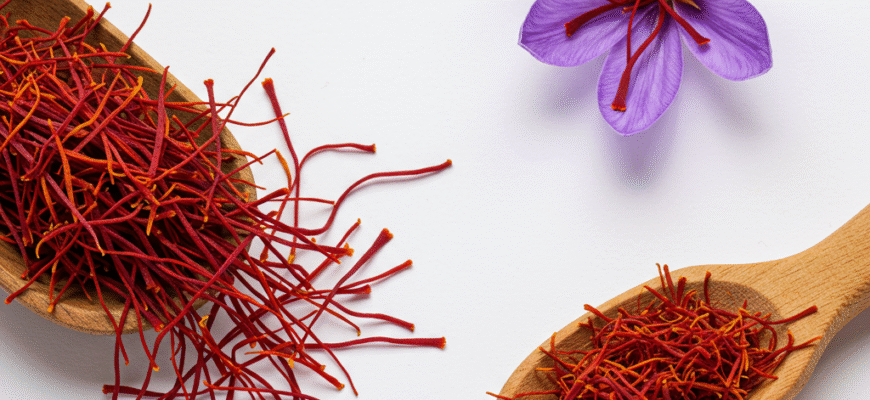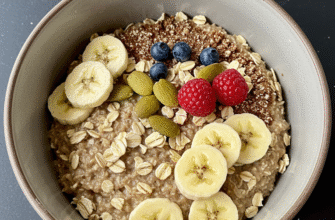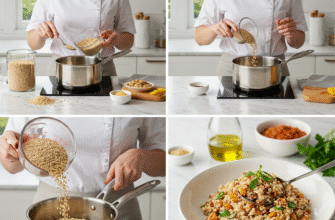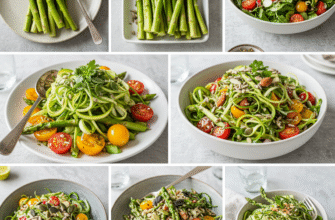Ah, saffron. Those delicate crimson threads, often called “red gold,” carry an air of mystique and luxury. It’s the world’s most expensive spice by weight, harvested painstakingly by hand from the Crocus sativus flower. But don’t let the price tag intimidate you! The secret to saffron lies in its incredible potency. You truly only need a tiny amount to impart its unique, honeyed, slightly earthy flavour and brilliant golden hue to your dishes. Overdoing it is not only wasteful but can actually make food taste bitter or medicinal. So, let’s explore some simple, effective ways to harness the magic of saffron threads without breaking the bank.
The Golden Rule: Bloom Your Saffron!
Before you even think about tossing those precious threads directly into your pot or pan, stop! The most crucial step to unlock saffron’s full potential is to bloom it. This simply means steeping the threads in a small amount of warm (not boiling!) liquid for about 15-20 minutes before adding them to your recipe. Why? Saffron’s flavour and colour compounds are released more effectively into liquid. Skipping this step means you’ll get less vibrant colour and a weaker flavour, tempting you to use more threads than necessary.
How to Bloom Saffron:
- Take a small pinch of saffron threads (anywhere from 5 to 15 threads, depending on the recipe and your preference – start small!). Gently crumble them between your fingers or lightly grind them with a mortar and pestle. This increases the surface area.
- Place the crumbled threads in a small bowl.
- Add 2-4 tablespoons of warm liquid. What liquid? It depends on your dish!
- Water: A neutral choice suitable for most recipes.
- Broth/Stock: Adds savoury depth, great for soups, stews, and risottos.
- Milk/Cream: Ideal for desserts, creamy sauces, or sweet baked goods. Ensure it’s warm, not hot, to avoid curdling.
- Wine/Vinegar: Can be used in specific recipes like vinaigrettes or certain sauces, adding acidity.
- Let it steep! Wait at least 15 minutes. You’ll see the liquid turn a stunning golden-yellow or orange. The aroma will become more pronounced.
- Add the entire mixture – both the liquid and the softened threads – to your dish towards the end of the cooking process, usually in the last 15-20 minutes for savoury dishes, or mixed into batters/doughs for baking.
A Word of Caution: Resist the urge to use too much saffron. More is definitely not better in this case. An excess can overwhelm other flavours and introduce an unpleasant, almost metallic bitterness. Start with a conservative pinch and remember you can always add a little more bloomed liquid if needed, but you can’t take it away once it’s in.
Simple Culinary Uses for Saffron Threads
Now that you know the secret to blooming, where can you use this exquisite spice? The possibilities are vast, but here are some straightforward starting points:
Elevate Your Rice
This is perhaps the most classic application. Saffron transforms humble rice into something spectacular.
- Simple Saffron Rice: Bloom a pinch of saffron in warm water. Cook your rice (Basmati works beautifully) as usual. During the last 10-15 minutes of steaming, drizzle the saffron liquid over the rice, gently fluffing with a fork to distribute the colour and flavour without breaking the grains.
- Risotto Milanese: This iconic Italian dish owes its signature colour and flavour to saffron. Bloom threads in warm broth. Add the saffron liquid to the risotto during the last few minutes of cooking, stirring it in gently along with the final additions of butter and Parmesan cheese.
- Paella: Authentic Spanish paella often includes saffron for its distinctive taste and golden hue. Bloom the threads in some of the warm broth used for cooking the paella and add it along with the bulk of the liquid.
- Biryani: Many biryani recipes call for saffron-infused milk or water drizzled over the layers of rice and meat/vegetables before the final steaming (dum) process. Bloom saffron in warm milk for this.
Enrich Soups and Stews
A touch of saffron adds complexity and warmth to brothy dishes.
- Bouillabaisse: This French fish stew traditionally features saffron. Bloom it in a little warm fish stock or water and add it to the soup base.
- Chicken Soup: Add a subtle layer of flavour and a beautiful golden tint to your favourite chicken noodle or vegetable soup. Bloom in warm chicken broth and stir it in towards the end.
- Lentil or Chickpea Stews: Saffron pairs wonderfully with legumes. Bloom in warm vegetable broth or water and incorporate it during the last 20 minutes of simmering.
Sophisticated Sauces
Transform simple sauces into elegant accompaniments.
- Cream Sauces: Perfect for pasta, fish, or chicken. Bloom saffron in a tablespoon of warm cream or white wine before adding it to your béchamel or other cream-based sauce.
- Saffron Butter Sauce: Melt butter gently. Bloom saffron in a tiny amount of warm water or white wine. Whisk the saffron liquid into the melted butter along with a squeeze of lemon juice. Drizzle over grilled fish, scallops, or vegetables like asparagus.
Aromatic Baked Goods
Saffron lends a unique flavour and colour to breads and sweets.
- Saffron Buns/Bread: Recipes like Cornish Saffron Buns or Swedish Lussekatter are famous examples. Bloom the saffron in the warm milk or water called for in the recipe before adding it to the dough.
- Cakes and Cookies: Add bloomed saffron (steeped in milk or water) to cake batters or cookie doughs for a subtle, intriguing flavour and a lovely golden crumb. It works particularly well with almond or citrus flavours.
Interesting Beverages
Think beyond food! Saffron can infuse drinks too.
- Saffron Tea: Simply steep a few threads (3-5) in a cup of hot water for 5-10 minutes. You can add honey or lemon if desired.
- Saffron Milk (Kesar Doodh): A traditional Indian drink. Warm milk gently (don’t boil), add a pinch of bloomed saffron (steeped in a tablespoon of the warm milk first), a touch of sweetener (like honey or sugar), and perhaps a pinch of cardamom.
Delightful Desserts
Saffron adds an exotic touch to sweet endings.
- Custards and Puddings: Infuse the milk or cream with bloomed saffron before making crème brûlée, panna cotta, rice pudding, or bread pudding.
- Ice Cream: Add bloomed saffron liquid to your ice cream base before churning for a sophisticated and beautiful result. Vanilla Saffron or Cardamom Saffron are great combinations.
Storing Your Red Gold
To keep your saffron potent for as long as possible (it can last for years if stored correctly!), keep the threads in an airtight container. Store this container in a cool, dark, and dry place – away from sunlight, heat, and moisture, which are its enemies. A cupboard or pantry shelf is usually ideal. Avoid storing it in the refrigerator, as condensation can be an issue each time you open the container.
Saffron might seem like an indulgence, but its power means a small amount delivers significant impact. By learning the simple technique of blooming and starting with just a pinch, you can easily incorporate its luxurious flavour and colour into everyday cooking. Don’t be afraid to experiment – let saffron add a touch of sunshine to your kitchen creations!









